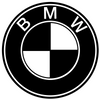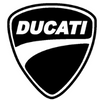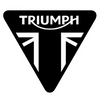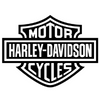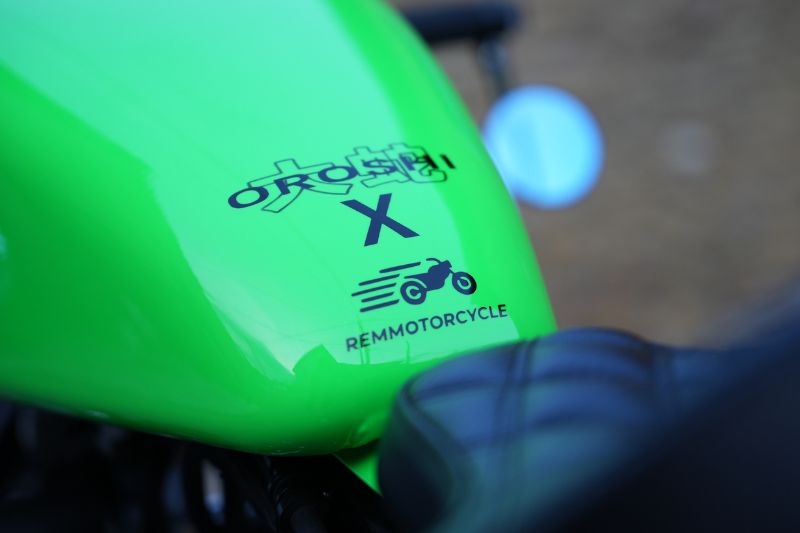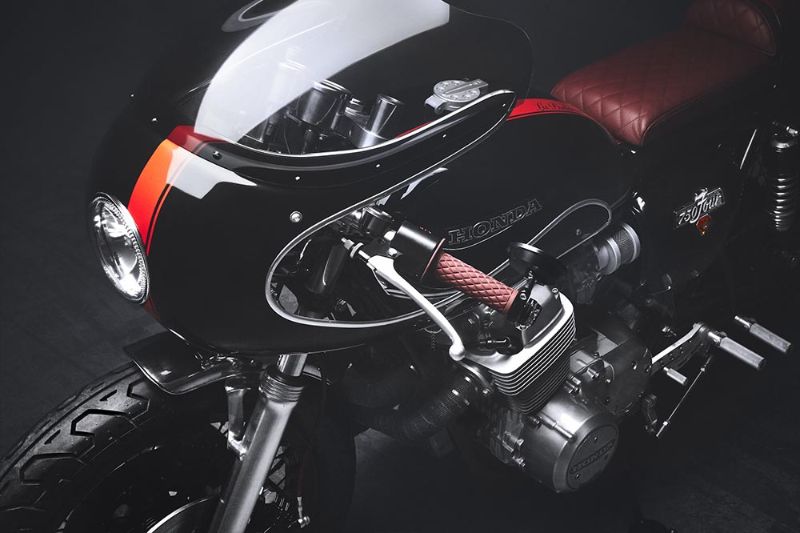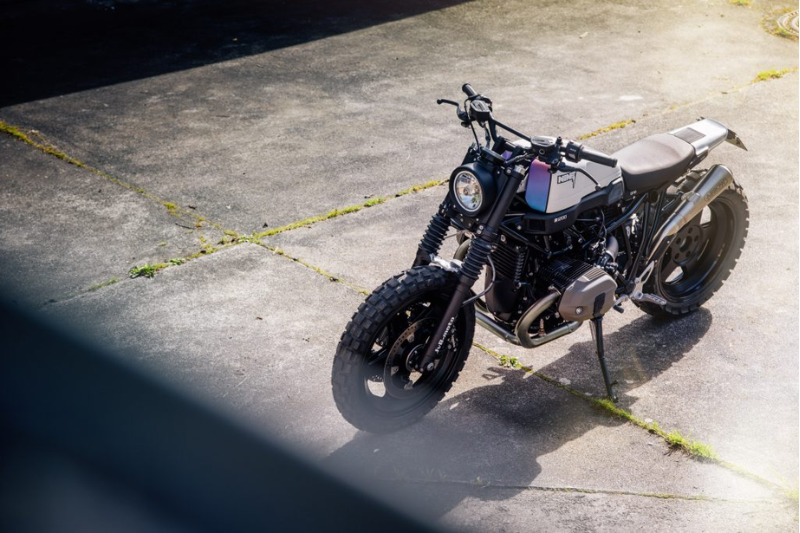🚨 BLACK FRIDAY: 15% OFF SITE-WIDE! Auto-Discount. ⏱️ Nov 28th - Dec 1st.
🚨 BLACK FRIDAY: 15% OFF SITE-WIDE! Auto-Discount. ⏱️ Nov 28th - Dec 1st.
SEARCH BY CATEGORIES
SEARCH BY INSPIRATIONS
- Air filters
- Brake & Clutch levers
- Electric box
- Exhaust
- Fenders
- Footpegs
- Front protections
- Front suspension
- Front suspension protections
- Fuel tanks
- Handle grips
- Handlebar
- Handlebar switch controls
- Headlights
- License plate holder
- Mirrors
- Mudguards
- Rear frame
- Suspensions
- Seats
- Silencers
- Speedometers
- Taillights
- Thermal strips
- Turn signals
- Air filters
- Belows front suspensions
- Brake & clutch levers
- Electric box
- Engine protection
- Exhaust
- Fenders
- Foot pegs
- Front suspensions
- Fuel tanks
- Handle grips
- Handlebar switch controls
- Handlebars
- Headlights
- License plate holder
- Mirrors
- Mudguards
- Rear frame
- Rear light
- Rear suspensions
- Seats
- Silencers
- Speedometers
- Thermal strips
- Turn signals
- Air filters
- Belows front suspensions
- Brake & Clutch levers
- Electric box
- Exhausts
- Fenders
- Foot pegs
- Front suspensions
- Fuel tanks
- Handle grips
- Handlebar switch controls
- Handlebars
- Headlights
- License plate holders
- Mirrors
- Mudguards
- Rear light
- Rear suspensions
- Seats
- Silencers
- Speedometers
- Thermal strips
- Turn signals
- Air filters
- Belows front suspension
- Brake & Clutch levers
- Electric box
- Exhaust
- Fenders
- Foot pegs
- Front protection
- Front suspensions
- Fuel tanks
- Handle grips
- Handlebar switch controls
- Handlebars
- Headlights
- License plate holders
- Mirrors
- Mudguards
- Rear frame
- Rear light
- Rear suspensions
- Seats
- Silencers
- Speedometers
- Thermal strips
- Turn signals
- Air filters
- Belows front suspensions
- Brake & Clutch levers
- Electric box
- Engine protection
- Exhausts
- Fenders
- Foot pegs
- Front suspensions
- Fuel tanks
- Handle grips
- Handlebar switch controls
- Handlebars
- Headlights
- License plate holders
- Mirrors
- Mudguards
- Rear frame
- Rear light
- Rear suspensions
- Seats
- Silencers
- Speedometers
- Thermal strips
- Turn signals

- Air filters
- Brake & Clutch levers
- Electric box
- Exhaust
- Fenders
- Footpegs
- Front protections
- Front suspension
- Front suspension protections
- Fuel tanks
- Handle grips
- Handlebar
- Handlebar switch controls
- Headlights
- License plate holder
- Mirrors
- Mudguards
- Rear frame
- Suspensions
- Seats
- Silencers
- Speedometers
- Taillights
- Thermal strips
- Turn signals

- Air filters
- Belows front suspensions
- Brake & clutch levers
- Electric box
- Engine protection
- Exhaust
- Fenders
- Foot pegs
- Front suspensions
- Fuel tanks
- Handle grips
- Handlebar switch controls
- Handlebars
- Headlights
- License plate holder
- Mirrors
- Mudguards
- Rear frame
- Rear light
- Rear suspensions
- Seats
- Silencers
- Speedometers
- Thermal strips
- Turn signals
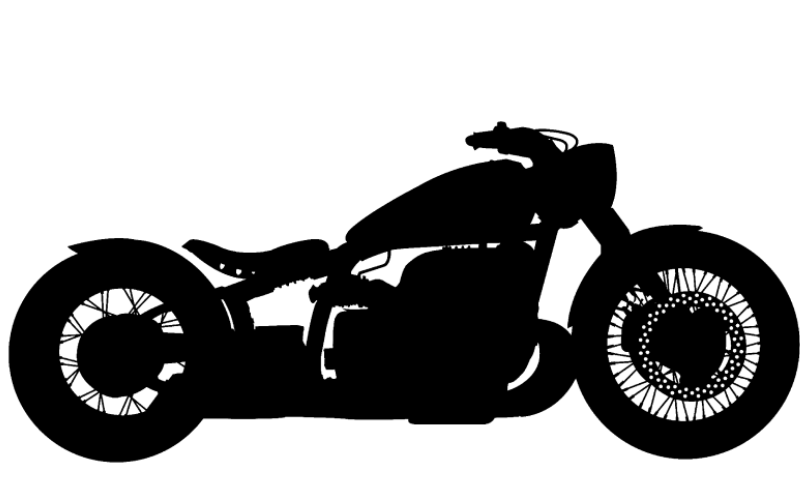
- Air filters
- Belows front suspensions
- Brake & Clutch levers
- Electric box
- Exhausts
- Fenders
- Foot pegs
- Front suspensions
- Fuel tanks
- Handle grips
- Handlebar switch controls
- Handlebars
- Headlights
- License plate holders
- Mirrors
- Mudguards
- Rear light
- Rear suspensions
- Seats
- Silencers
- Speedometers
- Thermal strips
- Turn signals
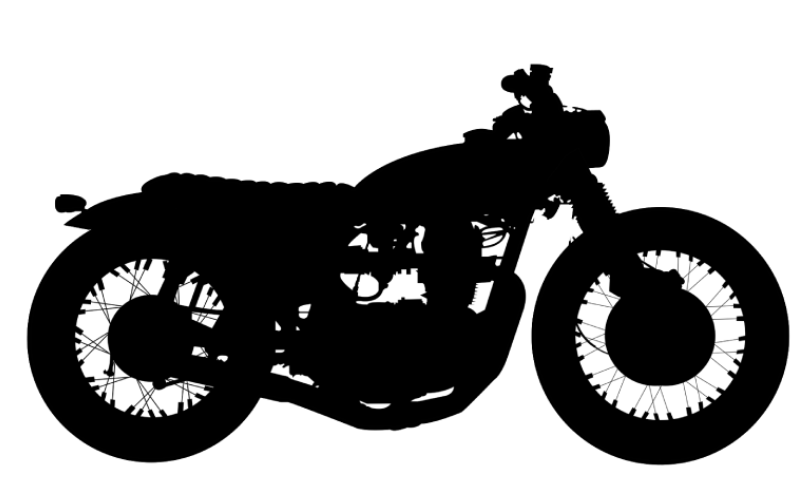
- Air filters
- Belows front suspension
- Brake & Clutch levers
- Electric box
- Exhaust
- Fenders
- Foot pegs
- Front protection
- Front suspensions
- Fuel tanks
- Handle grips
- Handlebar switch controls
- Handlebars
- Headlights
- License plate holders
- Mirrors
- Mudguards
- Rear frame
- Rear light
- Rear suspensions
- Seats
- Silencers
- Speedometers
- Thermal strips
- Turn signals
- Air filters
- Belows front suspensions
- Brake & Clutch levers
- Electric box
- Engine protection
- Exhausts
- Fenders
- Foot pegs
- Front suspensions
- Fuel tanks
- Handle grips
- Handlebar switch controls
- Handlebars
- Headlights
- License plate holders
- Mirrors
- Mudguards
- Rear frame
- Rear light
- Rear suspensions
- Seats
- Silencers
- Speedometers
- Thermal strips
- Turn signals
PLUS DE MOTO
Add description, images, menus and links to your mega menu
A column with no settings can be used as a spacer
Link to your collections, sales and even external links
Add up to five columns
Add description, images, menus and links to your mega menu
A column with no settings can be used as a spacer
Link to your collections, sales and even external links
Add up to five columns
Add description, images, menus and links to your mega menu
A column with no settings can be used as a spacer
Link to your collections, sales and even external links
Add up to five columns
Add description, images, menus and links to your mega menu
A column with no settings can be used as a spacer
Link to your collections, sales and even external links
Add up to five columns
What's a cafe racer?
October 03, 2023
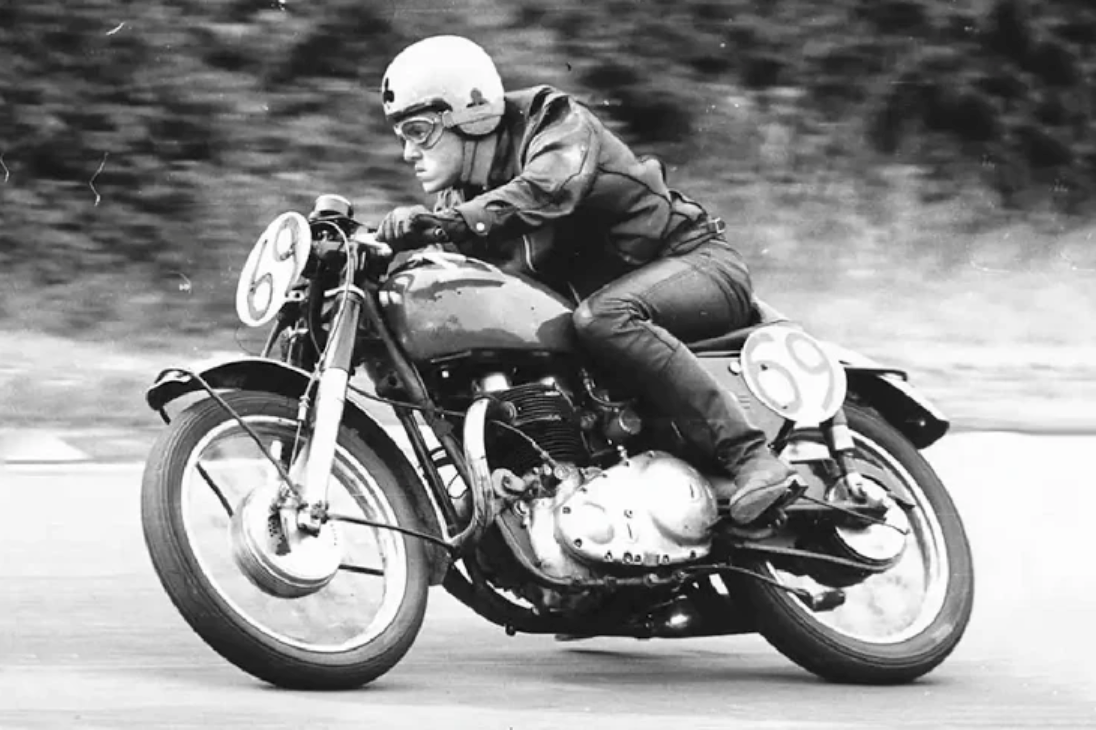
Introduction
The Cafe Racer has been an icon of motorcycle culture for decades, embodying the spirit of freedom, speed and individualism.
This phenomenon, which originated in the UK in the 1950s, has evolved over time to become a global movement that continues to appeal to motorcycle enthusiasts and vintage culture aficionados.
In this article, we take a deep dive into the world of Cafe Racer, exploring its history, aesthetics, core values and impact on contemporary motorcycling.
Mechanical Freedom
Motorcycles are more than just a means of transport. They embody passion, freedom and lifestyle.
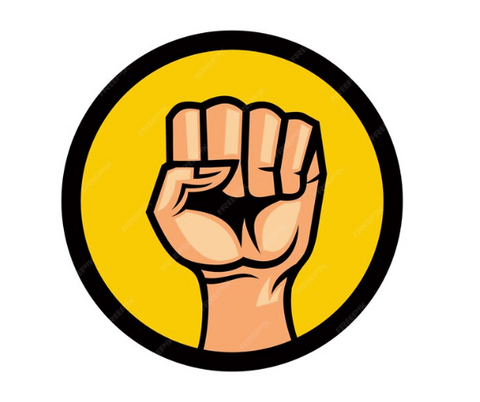
Among the many subcultures of motorcycling, the café racer stands out as a tribute to raw elegance and pure speed.
But what is a cafe racer, beyond its distinctive aesthetic and reputation for fast machines?
In this introduction to the café racer style, we'll delve into its history, philosophy, technical characteristics and place in contemporary motorcycling culture.
Origins and History of the Cafe Racer
To understand what a Cafe Racer is, it's essential to delve into its history.
The café racer dates back to the 1950s and 1960s in England, a time marked by a new generation of young bikers seeking to escape the monotony of everyday life.
The name "café racer" derives from the informal speed races held between two cafés.

Young riders, eager to show off their skills and test the speed of their bikes, would enter street races to reach the next coffee shop as quickly as possible.
One of the most iconic motorcycles of this era was the Triumph Bonneville, a British machine known for its power and timeless style.
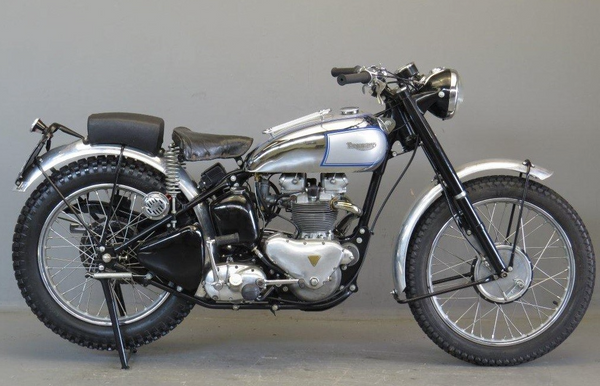
Cafe racer enthusiasts modified these production bikes by removing all superfluous features to make them lighter and faster.
Single-seat saddles, minimalist fuel tanks and low handlebars were characteristic of the original cafe racers. This approach to motorcycle customization gave rise to a movement that quickly gained in popularity.
The original Café Racer bikes were often models from British brands such as Triumph, Norton and BSA.
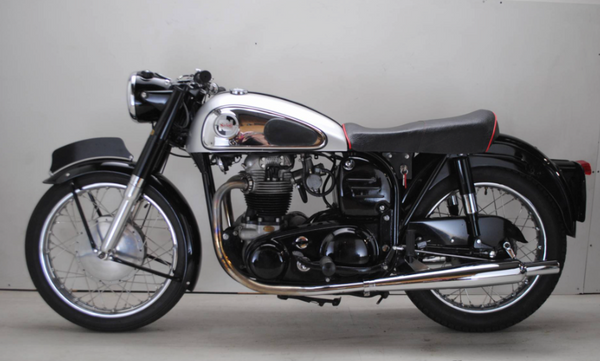
But customization wasn't limited to aesthetics. Café Racer riders were also obsessed with performance.
They adapted engines, replaced original parts with more efficient components, and sought to reach high speeds on open roads.
This quest for speed and adrenalin was one of the fundamental aspects of the Café Racer movement.
Cafe Racer philosophy
Cafe racer isn't just about looks or aesthetics, it's also a philosophy of riding and living.
Cafe Racer is not just a style of motorcycling, it's also an attitude and a way of life.
Cafe Racer riders are often associated with values such as freedom, individualism and a refusal to accept convention.
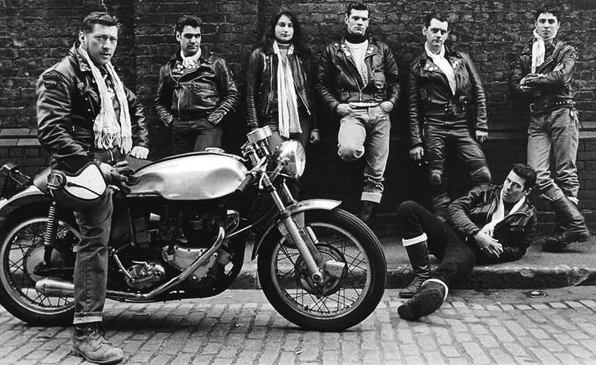
The spirit of non-conformity and independence that drives Café Racer riders is at the heart of their identity.
Here are a few key principles that define this philosophy:
- Simplicity and Minimalism: cafe racers are stripped of everything superfluous. Unnecessary elements are removed to reduce weight and improve performance. The motto is "Less is more".
- Performance and speed: cafe racers are designed for speed. They are often equipped with powerful, lightweight engines, making them agile machines capable of quickly exceeding speed limits.
- Style and individuality: Every cafe racer is unique. Owners add their own personal touch to their bikes, creating works of art on two wheels.
- Committed riding: Cafe racers encourage active, involved riding. Riders are encouraged to feel the road and connect with their bikes.
Technical specifications
Café racers are distinguished by several specific technical features that contribute to their unique appearance and performance. Here are the key elements that define a café racer:
- Frame and suspension: Café racer frames are often modified to lower the bike and create a sportier riding posture. Front and rear suspensions are usually stiffened for better handling.
- Engine: Engine power is an essential element of a café racer. Standard engines are often upgraded to offer more power, torque and responsiveness.
- Single-seat saddle: Cafra racers usually feature a contoured single-seat saddle to accentuate the bike's sporty aesthetic.
- Fuel tank: Fuel tanks are often smaller and more elegant than those on production motorcycles. They are designed to match the bike's overall lines.
- Low Handlebars: Brace handlebars encourage a forward-leaning riding position that promotes sporty riding.
- Custom exhaust: Custom exhausts are common to improve engine sound and reduce weight.
Cultural Influence
The Cafe Racer is not limited to the world of motorcycles. It has also exerted a significant influence on popular culture, including music, fashion and film.
In music, the Cafe Racer is often associated with the rock 'n' roll scene.
Rock bands of the 1950s and 1960s, such as The Beatles, The Rolling Stones and Elvis Presley, were often photographed on Cafe Racer-style motorcycles.
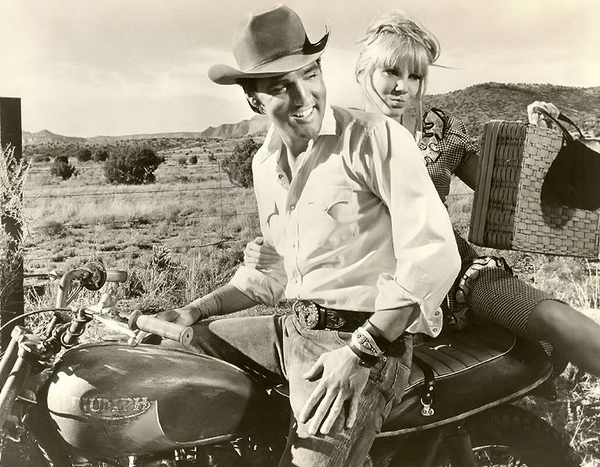
This association between rock music and Cafe Racer has endured over the decades, reinforcing the movement's cool, rebellious image.
Cafe Racer has also left its mark on fashion. Leather jackets, black jeans and motorcycle boots have become emblematic elements of Cafe Racer style.
Fashion icons such as James Dean and Steve McQueen have helped popularize this aesthetic.
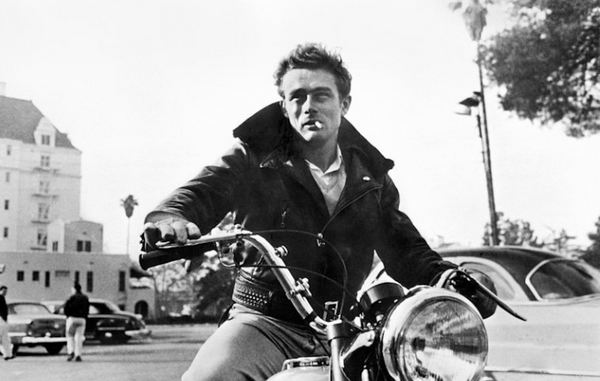
Cinema has also played a major role in spreading Café Racer culture.
- Films such as "The Wild One" (1953), starring Marlon Brando, helped establish the image of the rebel biker, while more recent films such as "The Girl with the Dragon Tattoo" (2011) have featured Café Racer-inspired motorcycle scenes.
Contemporary developments
Although it was born decades ago, it continues to evolve and influence contemporary motorcycling culture.
Cafe Racer continues to evolve and reinvent itself over time. While the essence of the Cafe Racer spirit remains unchanged, new trends and influences have shaped the movement in the 21st century.
One notable trend is the adoption of Café Racer by motorcyclists the world over.
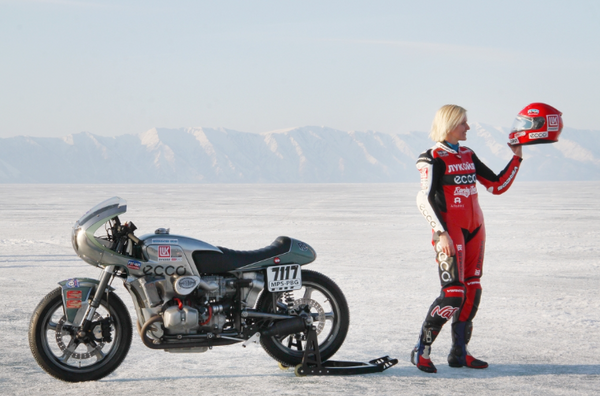
Speed racing on a salt lake with a prepared café racer
Initially centered in the UK, the Café Racer movement spread to other countries, including the USA, Japan and Australia.
Each region brought its own twist to the Cafe Racer style, creating a variety of sub-genres and variants.
You can read about some of these variants in our blog posts on the Yamaha Fazer and Suzuki Bandit.
Another major evolution is the integration of modern technologies into Cafe Racer motorcycles.
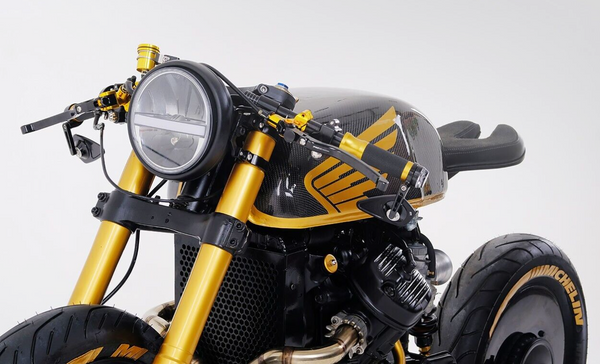
Electric motorcycles, for example, have entered the world of Cafe Racer, offering a clean, quiet alternative to combustion engines.
What's more, cutting-edge electronics have become commonplace, with traction control systems, touch screens and LED headlights.
Here are some recent trends and developments:
- The resurgence of the café racer: In recent years, the café racer has experienced a major resurgence in popularity. Motorcycle manufacturers have even begun to produce café racer-inspired models..

- Incorporating modern technologies: Some "cafra" enthusiasts incorporate modern technologies such as electronic fuel injection, ABS and digital displays, while preserving the classic look.

- Customization Extreme: Customization has become an art form, with personalized café racers that push the limits of creativity.
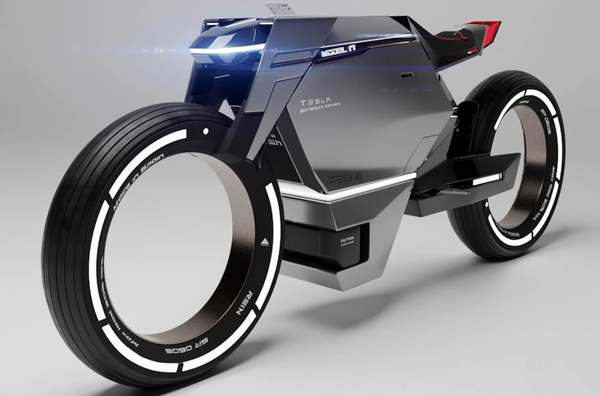
- Events and Gatherings: Cafe racer events and gatherings are becoming increasingly popular, allowing enthusiasts to come together to celebrate their love for these special motorcycles.
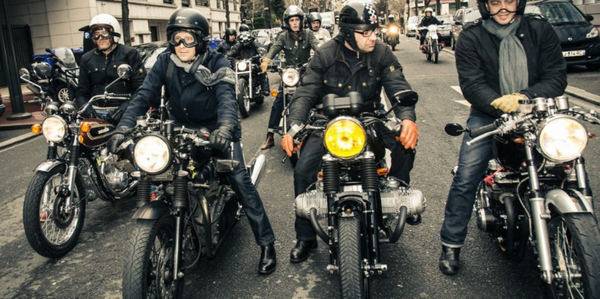
Meeting "Vintage Rides"
Conclusion
The Cafe Racer remains an icon of motorcycle culture, with a rich and enduring heritage.
In conclusion, a cafe racer is much more than just a motorcycle. It's a statement of style, speed and passion for riding.
Its influence on the motorcycle industry, popular culture and fashion endures, and many motorcyclists continue to identify with the Cafe Racer movement.
Café Racer's legacy lies in its power to capture people's imagination, to inspire them to seek individuality, speed and adventure.
It reminds us that motorcycling is not just a means of transport, but also a means of self-expression and a source of freedom.
Leave a comment
Comments will be approved before showing up.
Also in Blog Remmotorcycle

MERRY CHRISTMAS ! 10% OFF SITE-WIDE
Remmotorcycle wish you merry Christmas, enjoy 10% off ALL products in our catalog, with no exclusions.
🗓️ Dates: From December 25th to December 31st
⚙️ Simple: The discount is applied AUTOMATICALLY in your cart.
Merry Christmas 2025 !



